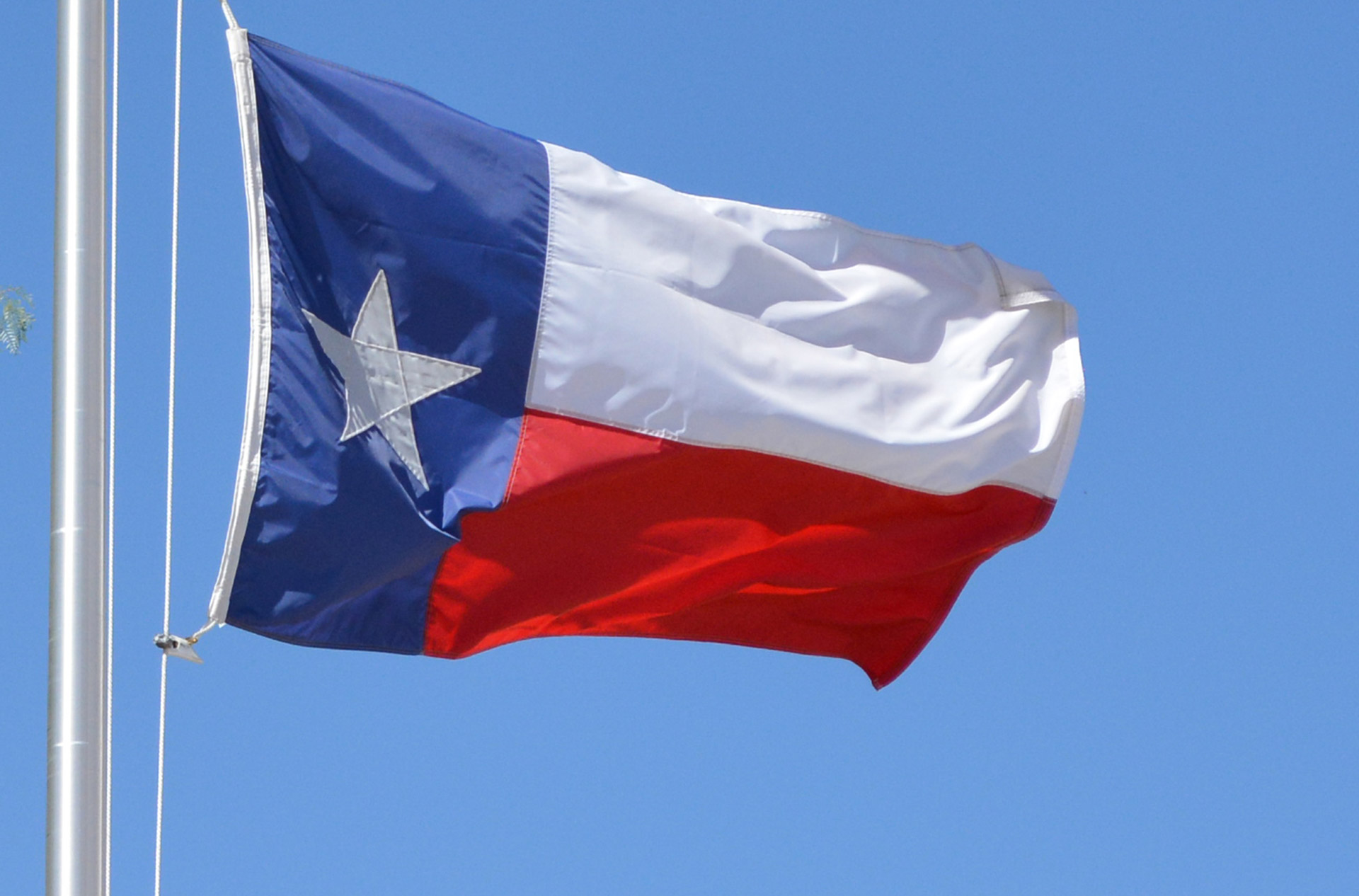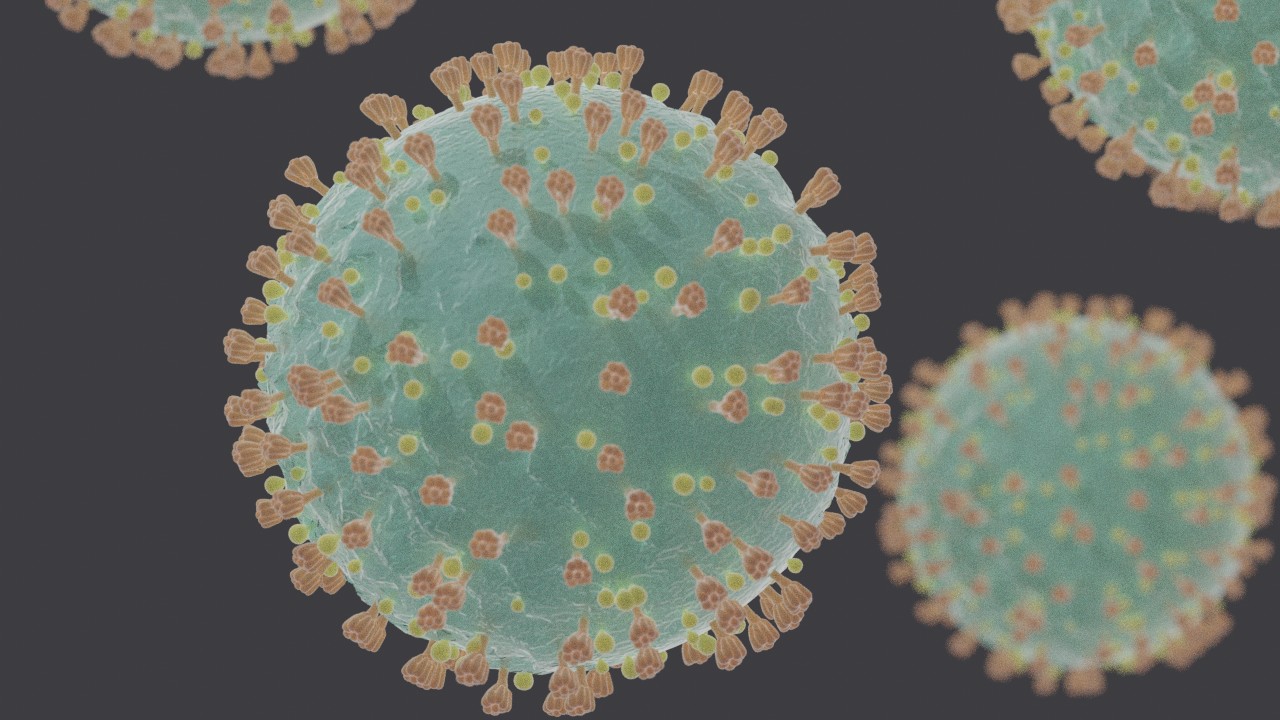Tag: coronavirus debate
-
A look back at government responses to the coronavirus pandemic, August 3-7, 2020

Although the first case of COVID-19 in the U.S. was confirmed on Jan. 21, 2020, it wasn’t until March when the novel coronavirus upended life for most Americans. Throughout the year, states issued stay-at-home orders, closed schools, restricted travel, issued mask mandates, and changed election dates. Here are the policy changes that happened August 3-7,…
-
A look back at government responses to the coronavirus pandemic, July 27-31, 2020

Although the first case of COVID-19 in the U.S. was confirmed on Jan. 21, 2020, it wasn’t until March when the novel coronavirus upended life for most Americans. In subsequent months, states issued stay-at-home orders, closed schools, restricted travel, issued mask mandates, and changed election dates. Here are the policy changes that happened July 27-31,…
-
Thirteen states prohibit proof-of-vaccination requirements

In 13 states, governors have issued orders or signed bills prohibiting some or all levels of government from issuing COVID-19 vaccine identification cards or requiring proof of vaccination as a condition for people to enter premises or receive services. A proof-of-vaccination requirement can be a private or government requirement that people prove they’ve received a…
-
Texas voters will decide amendment prohibiting restrictions on religious gatherings and organizations in November

The Texas State Legislature voted Tuesday to refer its first constitutional amendment to the November ballot. The amendment would add a section to the state constitution prohibiting the state or any political subdivision from issuing or enacting a statute, order, or rule that prohibits or limits religious services, including religious services conducted in churches. The…
-
Learn more about the arguments in the debate over religious service restrictions during the coronavirus pandemic

Discussions about policy responses to the coronavirus are happening at a fast pace. As part of our ongoing coverage Documenting America’s Path to Recovery, Ballotpedia has published a series of articles capturing the regular themes in support of and opposition to these policy responses. Here’s how it works. First, we identify a topic area, (such…

